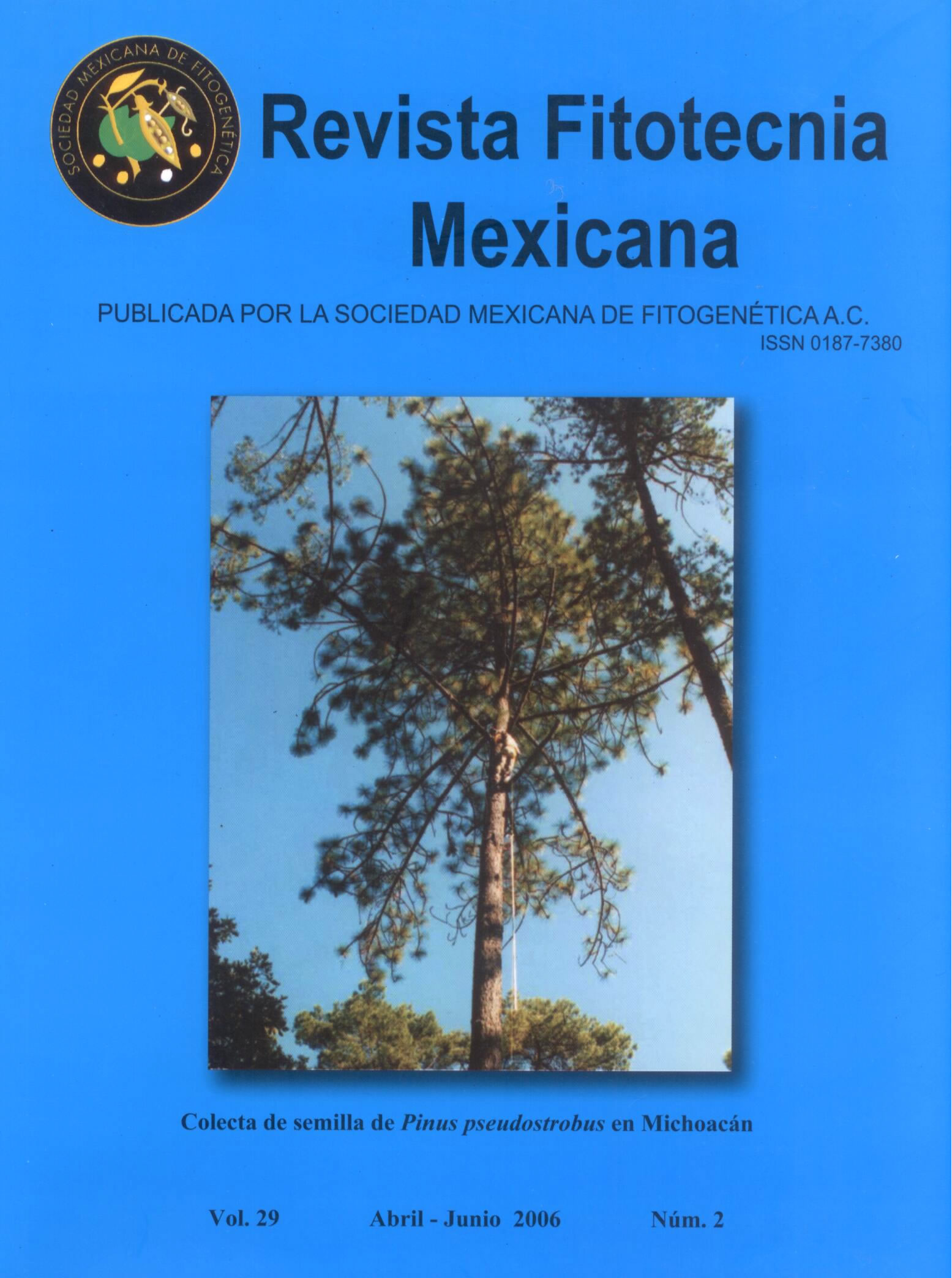MECHANICAL AND PHYSIOLOGICAL BEHAVIOUR OF MELON (Cucumis melo L.) FRUITS UNDER AXIAL COMPRESSION
Main Article Content
Abstract
Cantaloupe fruits (Cucumis melo L.) have many problems during handling and distribution due to their short shelf life. Metabolic activity can be adversely affected by both external and internal factors, thus leading to premature quality loss. A practical form of preserving fruit quality is by minimizing mechanical damages during postharvest handling. The physiological and mechanical behavior of melon cv. ‘Copa de Oro’, was studied in two stages of fruit ripeness (forced by manual detachement, and natural when naturally detached). Both treatments were submitted to axial compression in two directions (vertical and horizontal) at three compression distances (elastic limit, biocedence point and break point). Rates of CO2 and ethylene production, physiological weight loss, compression, deformation and Young modulus, were measured as response variables. It was found that both ethylene and CO2 production rates were significantly higher, as fruit deformation increased due to the applied force; such response was accentuated by fruit ripening. Vertical compression caused a reduction of the load necessary for deformation, and produced the highest deformation and fruit weight loss. Therefore, manual harvesting at physiological maturity combined with fruit compression at the horizontal position, is a good choice to reduce mechanical damages during handling and for preserving fruit quality.

